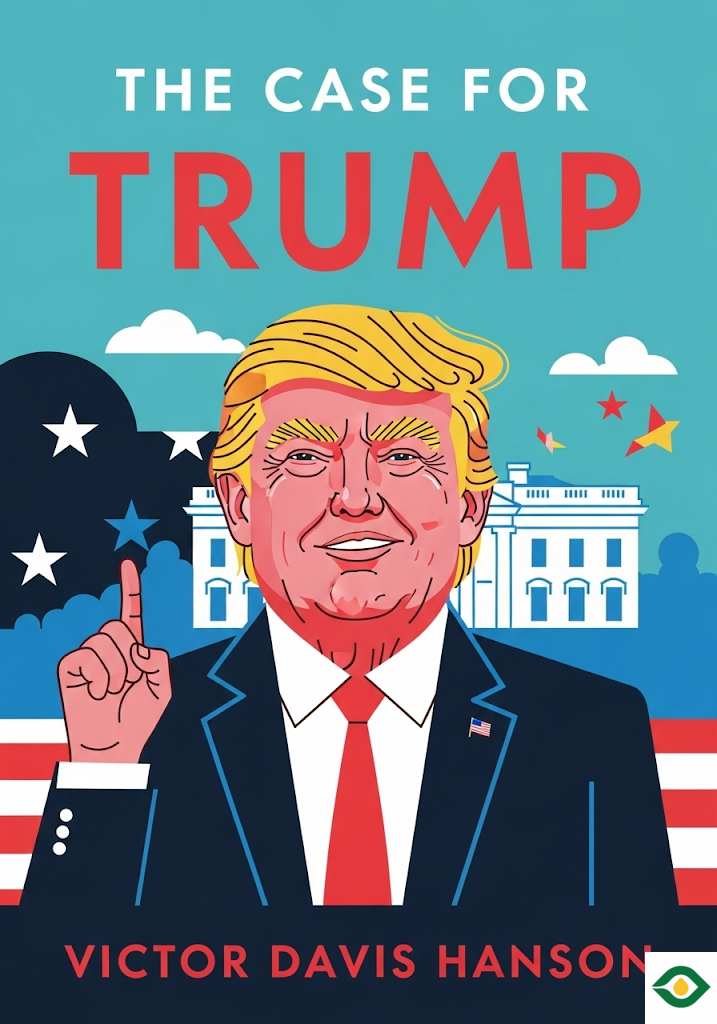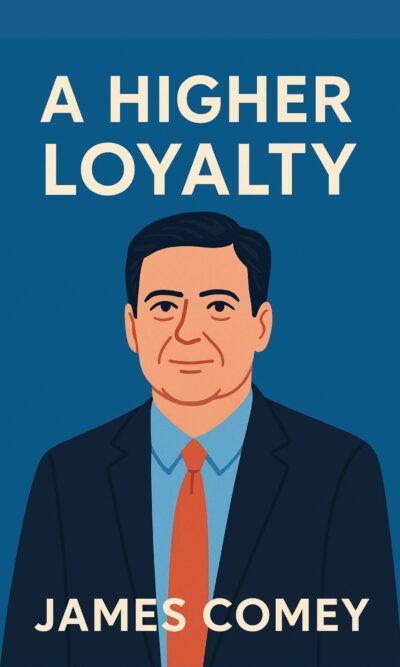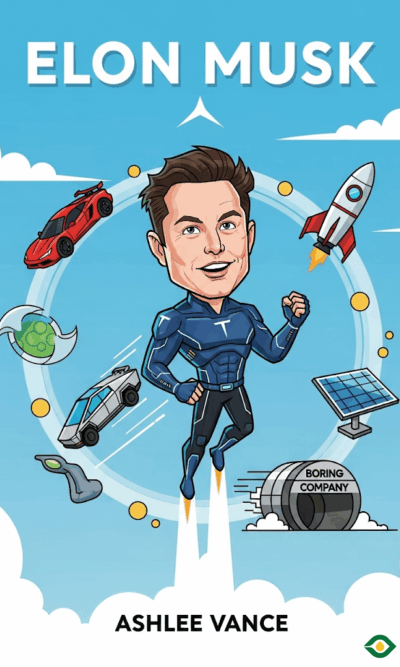Description
Donald Trump’s rise to the presidency in 2016 shocked much of the world. Many wondered how a businessman with no political experience could defeat seasoned politicians and win the White House. The story of his success lies in his ability to connect with ordinary Americans who felt ignored, to use media more effectively than any rival, and to reshape the political conversation around nationalism, jobs, and American pride.
At the time Trump announced his candidacy, the United States was deeply divided. Wealth in coastal cities like New York and San Francisco was booming, but middle-class families in many other regions felt left behind. Factories had closed, jobs were moving overseas, and wages were flat. The political establishment, both Democrats and Republicans, often supported globalization and free trade, while ordinary workers paid the price. Many Americans felt their voices were no longer heard in Washington.
Previous Republican candidates such as John McCain and Mitt Romney struggled because they were seen as part of the same elite establishment. They offered traditional policies that did little to inspire struggling workers. Trump, however, presented himself as something different. He promised disruption, not business as usual. His campaign rested on two powerful ideas: that America was no longer “winning,” and that American jobs must be protected from foreign competition and unchecked immigration.
On foreign policy, Trump argued that endless wars drained the country’s resources. He promised strength, but also promised to use force only if victory was clear. Rather than spending billions on rebuilding nations abroad, he said money should be spent on Americans at home. On the economy, Trump pledged to rewrite trade deals, bring back manufacturing jobs, and secure the border. His proposal to build a wall became a symbol of protecting American workers from losing jobs to illegal immigration.
Trump’s personal style mattered just as much as his policies. He was brash, blunt, and often insulting, but many found this refreshing compared to carefully scripted politicians. He spoke the same way at rallies as he did on television—using simple, repetitive words like “huge” and “tremendous.” What critics called vulgar, supporters saw as honest. Trump did not hide his flaws; instead, he turned them into strengths by portraying himself as a fighter against a corrupt system.
His background in television also gave him an edge. As the star of “The Apprentice,” he had learned how to entertain audiences with direct talk, dramatic conflict, and memorable catchphrases. He used the same tactics in politics. Outrageous statements drew media attention, which kept him in the headlines. Remarkably, this coverage was worth an estimated one billion dollars in free publicity—far more than any opponent received. The more shocking his words, the more the media reported on them, which only spread his message further.
Another reason for Trump’s victory was the weakness of both political parties. The Democrats had drifted further left, embracing higher taxes, heavy regulation, and identity politics that many working-class voters felt excluded them. Hillary Clinton carried the burden of being seen as an insider, someone tied to corruption and the Washington elite. On the Republican side, candidates offered little new, sticking to policies of free trade and foreign wars that had already disappointed voters. Trump, as an outsider, seemed like the only candidate willing to break the cycle.
The election itself became a battle between Trump’s populism and Clinton’s image as an experienced insider. Polls showed that most Americans felt the nation’s power and prestige had declined since 9/11. Trump tapped into this belief with his slogan, “Make America Great Again.” He promised to restore pride, jobs, and strength. Meanwhile, Clinton tried to paint Trump as unfit and immoral. But Trump’s strategy was clever: while everyone knew he was imperfect, he successfully turned the spotlight onto Clinton’s controversies, from her email scandal to her dealings with foreign governments. Many voters decided she represented corruption more than he represented chaos.
After winning, Trump faced relentless criticism from the media. Books and articles portrayed his administration as dysfunctional. Yet, economic numbers told a different story. By 2018, the stock market was strong, unemployment was at record lows, and GDP growth was higher than it had been in years. Internationally, he withdrew from agreements like the Iran nuclear deal and the Paris Climate Accord, reshaping America’s position in the world. Still, media coverage remained overwhelmingly negative, with surveys showing most reports about him were critical, far more so than past presidents had faced.
Despite scandals and constant attacks, Trump achieved notable results. Job growth and wage gains improved. Energy production increased, making the U.S. less dependent on foreign sources. His administration lowered taxes and reduced regulations, which supporters credited for boosting the economy. Internationally, he challenged China on trade, pressured NATO allies to contribute more, and recognized Jerusalem as Israel’s capital. While not all promises were fulfilled—such as fully building the border wall—he made clear progress on many of his central campaign issues.
Public opinion remained sharply divided. Many Americans viewed him as reckless and dishonest, while others saw him as the only leader willing to fight for them. The midterm elections in 2018 showed mixed results: Republicans lost seats in Congress, as is common for a president’s party, but losses were smaller than under past presidents. This suggested his base remained strong and loyal.
In the larger picture, Trump’s rise showed how American politics had changed. Traditional party platforms failed to inspire people who felt abandoned. Trump broke the mold by mixing nationalism, populism, and media showmanship. He presented himself as both a voice for the working class and a hammer against the establishment. His methods were unorthodox, often crude, but they worked because they tapped into real frustrations.
The story of Trump is not just about one man. It is about a shift in American politics where anger at elites, distrust of media, and discontent with globalization combined to create an opening for an outsider. Whether people see him as a savior or a danger, his impact is undeniable. He reshaped the Republican Party, forced debates on immigration and trade, and proved that media attention can be as powerful as campaign money.
In conclusion, Trump’s success came from his ability to speak directly to forgotten voters, to dominate the media, and to turn weaknesses into strengths. He redefined what it means to run for president and left a lasting mark on U.S. politics. His rise remains one of the most remarkable and controversial stories in modern history, reminding us how quickly the political landscape can change when someone dares to break all the rules.





